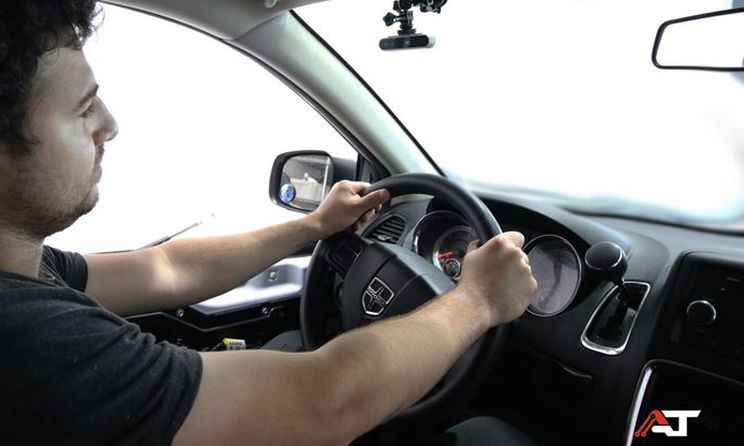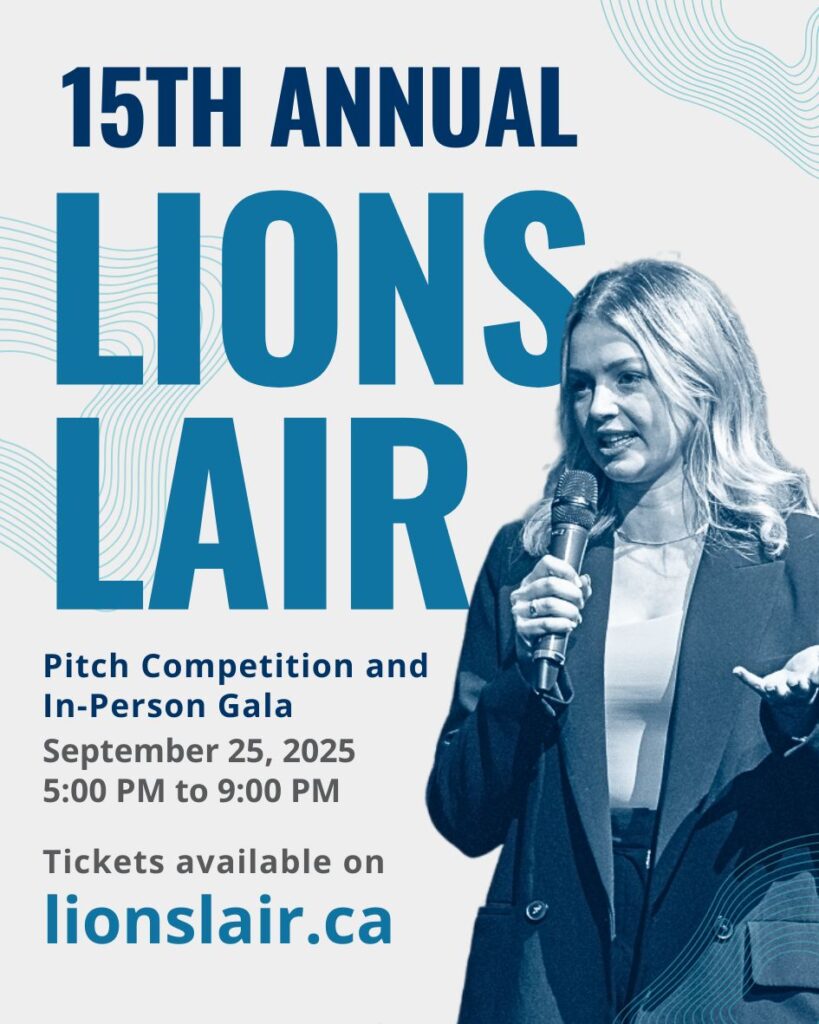This post was originally published by Jillian Follert on DurhamRegion.com, December 8, 2022.
Face IT driver assistance system uses facial gestures to activate vehicle features
Thanks to an Oshawa-based tech startup, people with disabilities could soon be able to operate their vehicle’s turn signals or wipers with facial gestures such as a simple wink.
Shanjay Kailayanathan, a recent Ontario Tech University graduate, was inspired to start Axcessiom Technologies Inc. after encountering his own barriers to driving.
A car crash when he was a teenager left Kailayanathan paralyzed from the chest down.
He drives using hand controls to operate the gas and brake — but says having one hand on the steering wheel and the other on the gas and brake controls makes it difficult to activate features like the turn signal or wipers.
“I looked into solutions like voice recognition and touch screens, but they’re either very expensive or they don’t work well,” Kailayanathan explains. “I talked to other people and realized, this is a real problem. It’s not just a problem that I’m encountering.”
Kailayanathan put his engineering skills into action. With support from the Brilliant Catalyst business incubator at Ontario Tech, Axcessiom Technologies Inc. launched and work started on the Face IT driver assistance system, which uses facial gestures to activate vehicle features.
A working version of the technology is now up and running in a test vehicle and the goal is to have it available to consumers in early 2024.
“It’s pretty exciting,” Kailayanathan said. “There are so many problems in the world that can be solved using innovative technology.”
Face IT allows drivers to choose a facial gesture like a wink or a smile and pair that with a vehicle function such as turn signals, headlights, wipers, horn, high beams or windows.
Voice recognition is being incorporated as a secondary option, and eventually, the technology will be expanded to include vehicle features like radio and climate control.
Why isn’t voice recognition the primary option?
“Even quiet spaces can be challenging for voice recognition. But imagine driving your car with the radio on, talking to a passenger, or in a noisy environment. All those sounds compete with your voice and make recognition much more difficult,” the Axcessiom website explains, noting facial recognition offers “superior accuracy and reliability.”
Axcessiom is also working with Grandview Kids to explore how facial recognition technology could be used in health-care settings.






